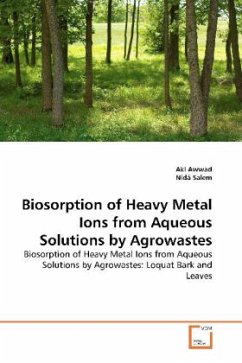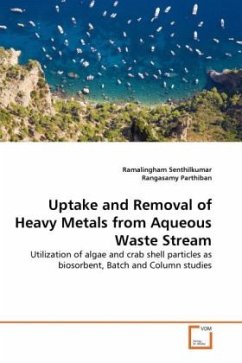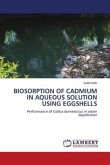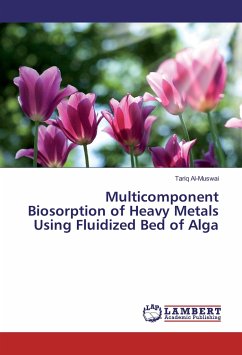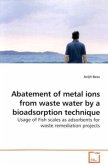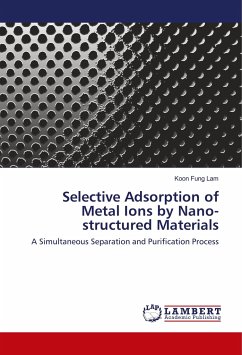Biosorption of toxic heavy metals Pb(II), Zn(II), Cd (II), Cu(II), Ni(II), Co(II), Hg(II), and Cr(VI) ions from aqueous solutions by loquat bark and leaves was investigated. The effects of pH, contact time, metal ncentration, biosorbent dosage, and temperature on the biosorption process were monitored . The experimental equilibrium biosorption data were analyzed by Langmuir and Freundlich adsorption isotherms. Fourier transform infrared spectrometer (FTIR) analysis confirms that OH, - NH2, -C-O and -COO groups on loquat bark and leaves are one of the main active groups in metal biosorption process. The kinetic studies indicated that the biosorption of the metal ions followed well pseudo-second order model. The thermodynamic parameters Gibbs free energy ( Go), enthalpy ( Ho), and entropy ( So) changes were also calculated and their values indicated that the biosorption of metal ions on loquat bark and leaves was exothermic and spontaneous. It was concluded that loquat bark and leaves are an effective, low-cost, and environmentally friendly biosorbents for the removal of toxic heavy metal ions from aqueous

